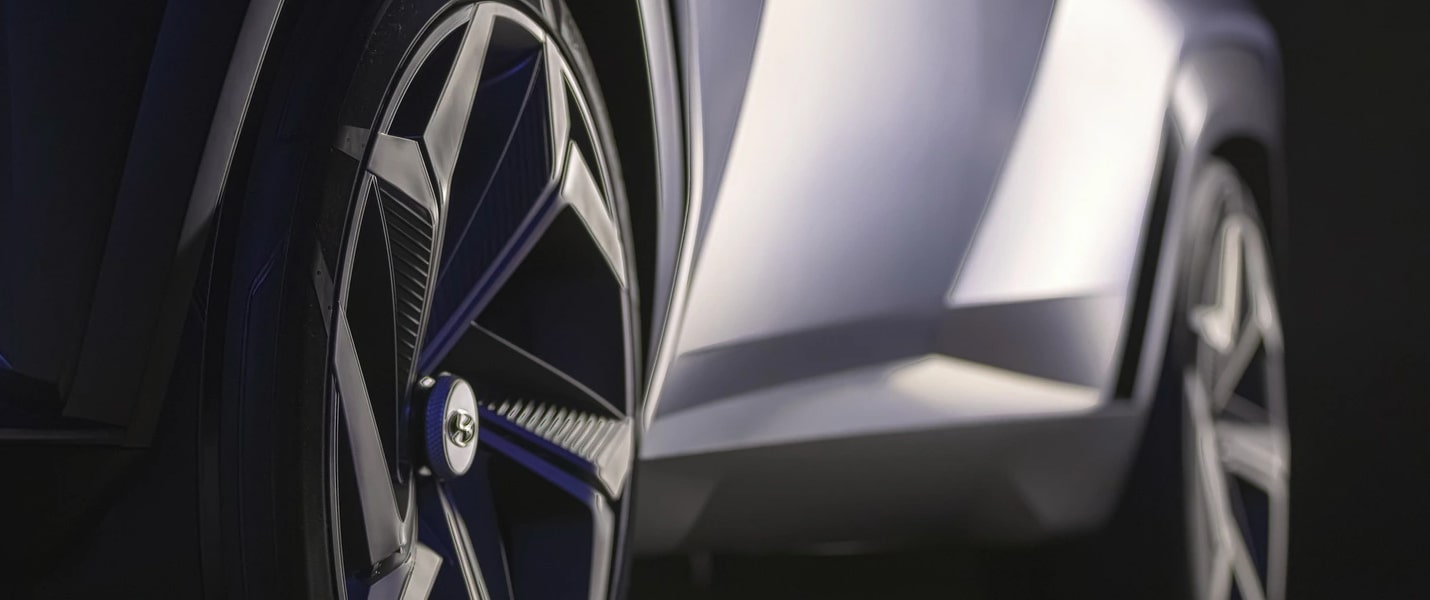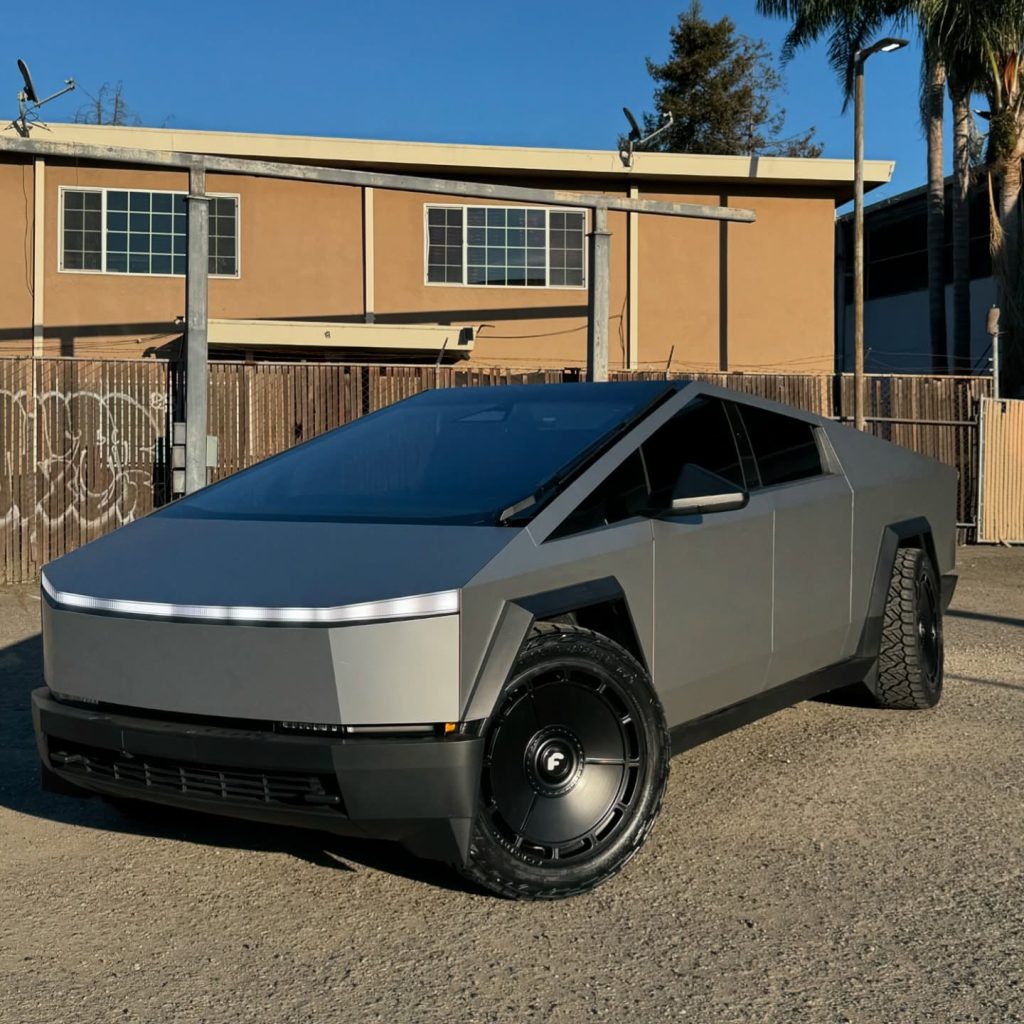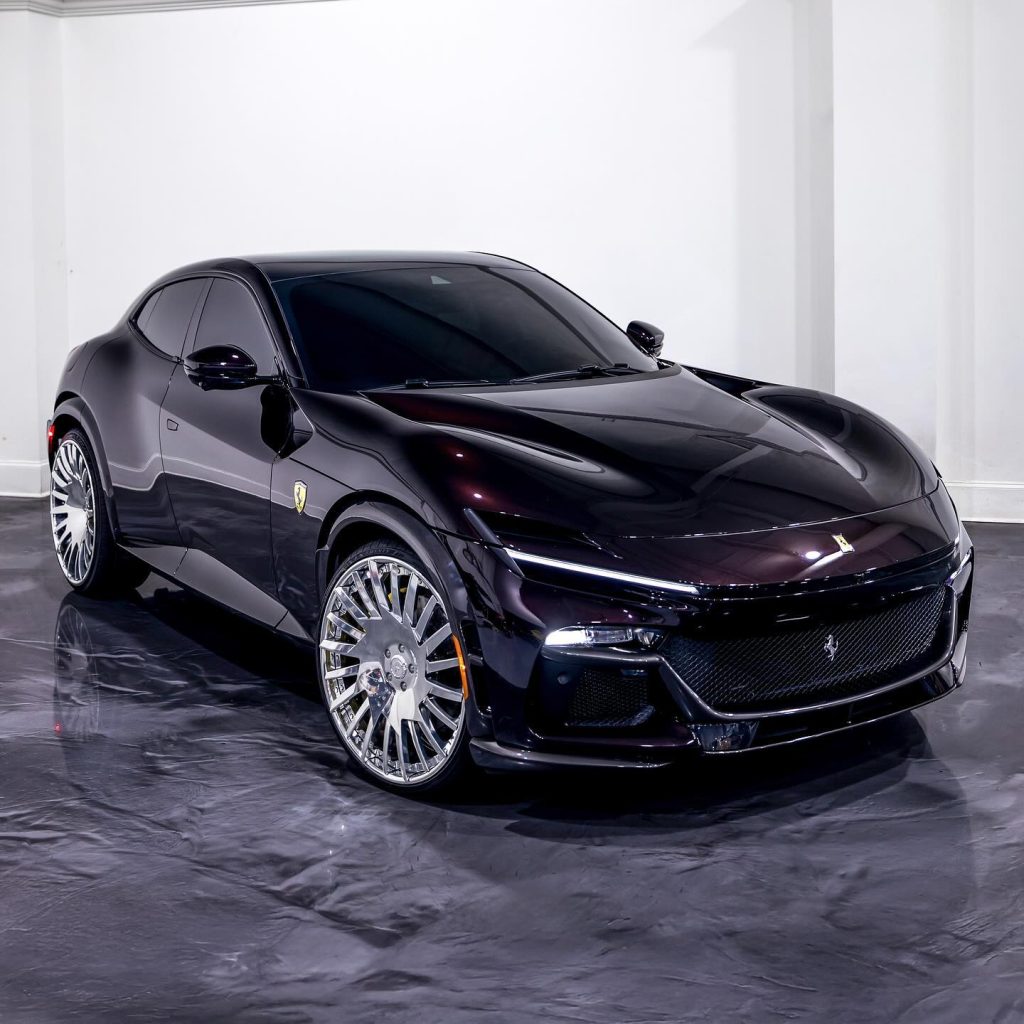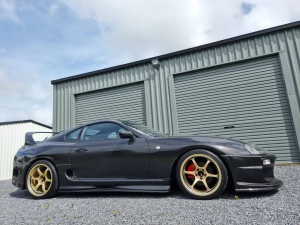Sample text
-
whatsapp: +8616696837711
-
wheelim@kelunautoparts.com
-
营业时间 24H

“From classic to futuristic: the evolutionary history of wheel design”
The wheel, one of humanity’s most transformative inventions, has undergone a remarkable evolution from its humble beginnings to the cutting-edge designs of today. This journey reflects not only advancements in technology but also shifts in cultural, economic, and environmental priorities. Here’s a look at the evolutionary history of wheel design, from classic to futuristic:



1. The Classic Era: Ancient Beginnings
- Origins (circa 3500 BCE): The earliest wheels were simple wooden disks, often solid and heavy, used for pottery and later for carts in Mesopotamia. These wheels were revolutionary, enabling the transport of goods and people over long distances.
- Spoked Wheels (circa 2000 BCE): The invention of spoked wheels by the ancient Egyptians and Mesopotamians marked a significant leap. These lighter, more efficient wheels were ideal for chariots, enhancing speed and mobility in warfare and travel.
- Roman Innovations: The Romans improved wheel durability by adding iron rims, making them more resistant to wear and tear. Their designs were widely adopted across their empire, setting a standard for centuries.
2. The Medieval and Renaissance Periods: Refinement and Specialization
- Wooden Wheels with Iron Reinforcements: During the Middle Ages, wheels became more robust, with iron reinforcements and hubs. This made them suitable for heavier loads, such as those carried by wagons and carriages.
- Coach Wheels: By the Renaissance, wheels for carriages and coaches were designed with greater precision, featuring dished (concave) shapes for better stability and weight distribution.
3. The Industrial Revolution: Mass Production and Innovation
- Rubber Tires (19th Century): The introduction of vulcanized rubber by Charles Goodyear in 1839 revolutionized wheel design. Pneumatic (air-filled) tires, patented by John Boyd Dunlop in 1888, provided a smoother ride and better traction.
- Standardization: The Industrial Revolution brought mass production, leading to standardized wheel sizes and designs. This era also saw the rise of metal wheels for trains and early automobiles.
4. The Automotive Age: Performance and Aesthetics
- Alloy Wheels: In the 20th century, aluminum alloy wheels became popular for their lightweight properties and aesthetic appeal. They improved fuel efficiency and handling in cars.
- Radial Tires: Michelin’s radial tire design, introduced in the 1940s, offered better durability, grip, and fuel efficiency compared to bias-ply tires.
- Run-Flat Tires: Developed in the late 20th century, these tires allow vehicles to continue moving even after a puncture, enhancing safety.
5. The Modern Era: Sustainability and Smart Technology
- Eco-Friendly Materials: With growing environmental concerns, manufacturers are experimenting with sustainable materials, such as recycled rubber and bio-based composites.
- Airless Tires: Companies like Michelin and Bridgestone are developing airless tires made from advanced polymers, eliminating the risk of punctures and reducing waste.
- Energy-Generating Wheels: Innovations like regenerative braking systems in electric vehicles (EVs) convert kinetic energy into electricity, improving efficiency.
6. The Futuristic Vision: Beyond Traditional Design
- Shape-Shifting Wheels: Researchers are exploring wheels that can change shape to adapt to different terrains, such as transitioning from round to triangular for better grip on rough surfaces.
- Magnetic Levitation (Maglev): Inspired by maglev trains, some futuristic concepts propose wheels that use magnetic fields to eliminate friction, enabling ultra-smooth and efficient movement.
- Smart Wheels with Embedded Sensors: Future wheels may integrate sensors and AI to monitor road conditions, tire pressure, and wear in real time, enhancing safety and performance.
- 3D-Printed Wheels: Advances in 3D printing could allow for fully customizable wheels with intricate designs and optimized performance characteristics.

From the solid wooden disks of ancient Mesopotamia to the smart, adaptive wheels of the future, the evolution of wheel design is a testament to human ingenuity and the relentless pursuit of progress. As technology continues to advance, the wheel—a symbol of motion and innovation—will undoubtedly keep rolling toward new horizons.








